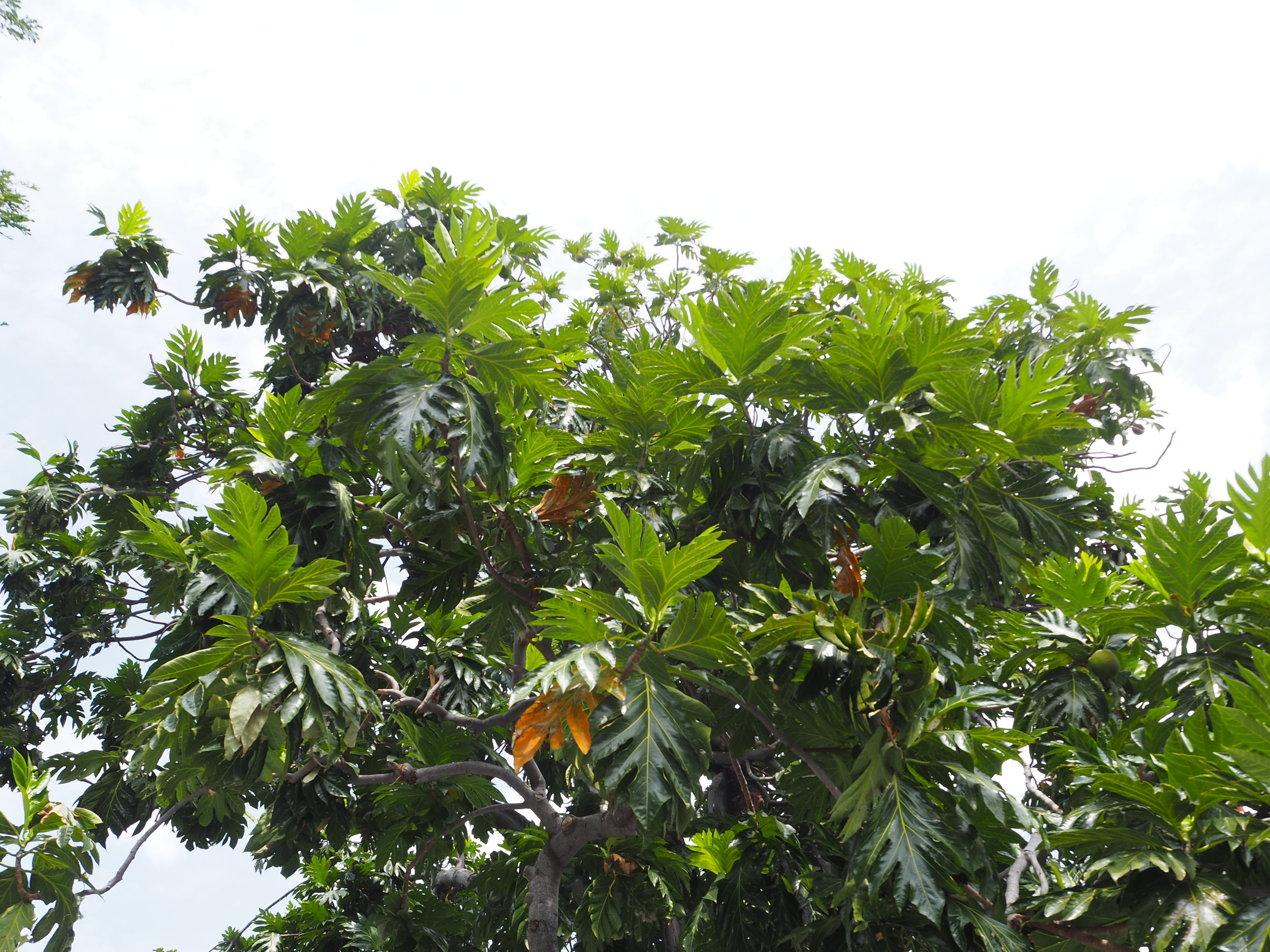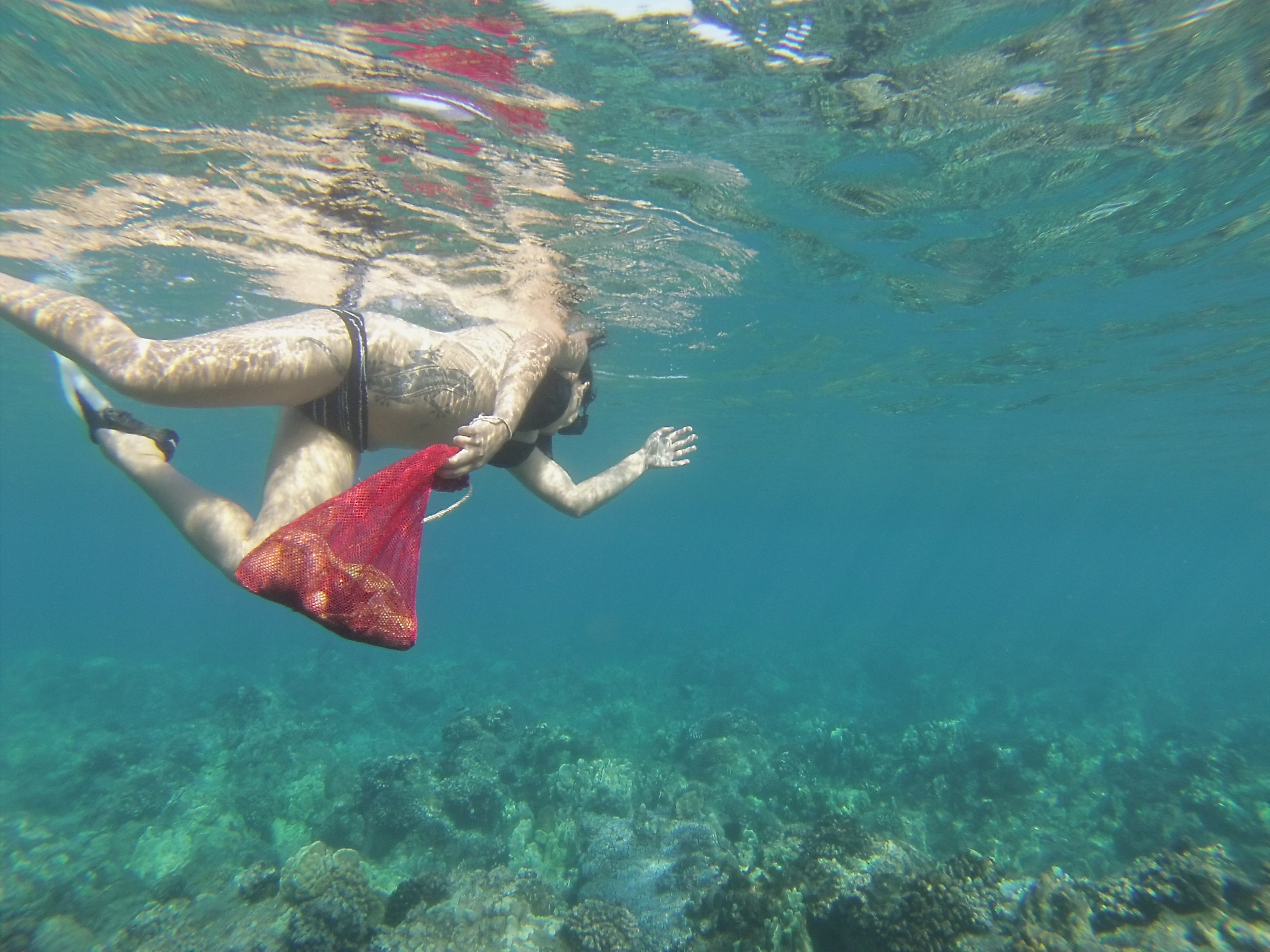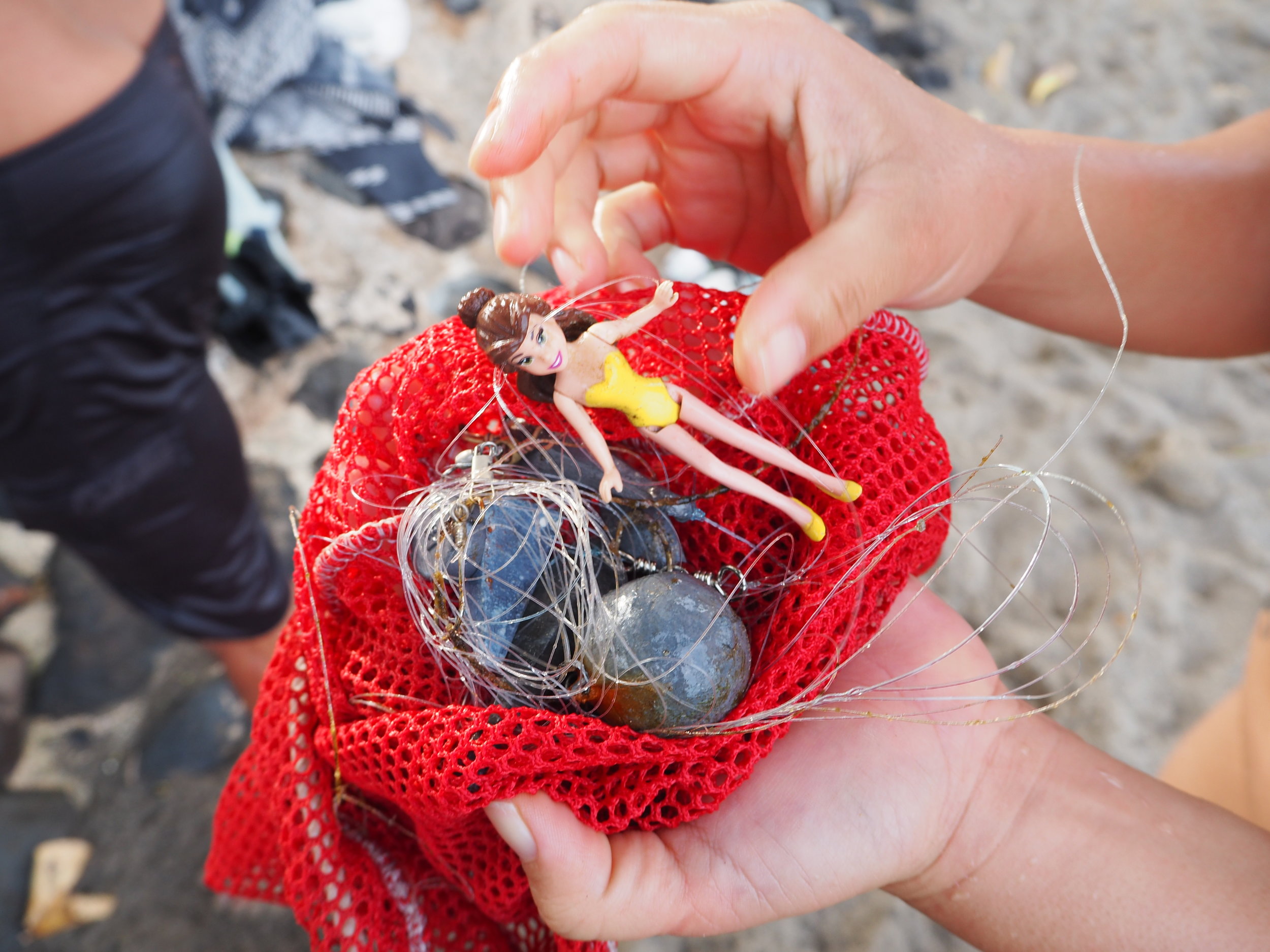Creative Outsiders of Hawai’i
Stay Wild
While tropical waves roll onto the beach, conch-shell horns blow, and grass skirts flow at touristy luaus, a creative culture unique to Hawai’i flourishes in its urban centers. Meet some of the people who are shaping this new wave of creativity.
Story & Photos by Justin “Scrappers” Morrison // @scrappers
Lana Lane Studios
This creative services clubhouse is an old building in the Kaka’ako district of Honolulu. Lana Lane Studios is home to over 25 creatives. They’re constantly making photos, video, music, paintings, letterpress prints, and every other sort of creative endeavor you can imagine. Sign painter and studio manager Jeff Gress describes it as the world renowned Pow Wow mural festival’s living room.
Ara & AJ Feducia
Ara Feducia is the creative director for Honolulu’s Nella Media group. She’s making the finest magazines we’ve ever held in our hands, like Flux, Lei, Chinatown Now, and many more publications distributed throughout the Hawaiian islands and beyond. She is guiding the design aesthetic of a new Hawaiian voice.
nellamediagroup.com // @ara_feducia
AJ Feducia does art installations, printmaking, photography, and mixed media all about the strange and beautiful cultural collisions happening in Hawai’i right now. In a recent piece titled “Your Vacation is My Life” he made Aloha shirt-patterned straightjackets.
Roberta Oaks
Roberta Oaks started out making women’s clothing in Honolulu’s Chinatown. Roberta got sick of watching guys walk by wearing ugly, baggy Aloha shirts, so she made some modern updates as an experiment, hung them in her workshop window. The space has since transformed into a colorful lifestyle boutique, and everyone comes to her for wearable aloha. Roberta’s shirts are named after places on the island of Oahu, where they are made.
Surfjack & The Modern Hotels
You may not see it this way, but hotels help preserve affordable housing. When visitors choose to stay at hotels instead of renting local housing for a night or two, that housing becomes available for locals. What the Modern and Surfjack hotels are offering is a way for visitors to relax and enjoy local culture while supporting it. Honolulu creatives have all had their fingers in the making of these two Waikiki hotels. You’ll see murals by local painters, taste flavors by local mixologists and chefs, and hear music by local musicians. Beyond all the local creative smarts, they’re also super fun places to stay. The Suarfjack’s pool tiles spell out “Wish You Were Here,” and when we stayed at the Modern we had an underwater dance party with music they pipe right into the pool water.
Photo by Evan Schell
John Hook
Inventor of the term “Funtography” John Hook knows how to have fun professionally. John shoots fashion, editorial, action, road trip, surf, lifestyle, and even weddings with the spirit of aloha that keeps everyone smiling. He hops from island to island to capture whatever fun is happening. When the hot lava is flowing on the big island of Hawai’i or the full moon is shining on the night surfers of Waikiki, he’ll be there shooting photos that make you wish you were there too.
Photo by Evan Schell
Kahana Kalama
A simple equation sums this guy up: Surfing + Design + Family. As a surfer he silently shreds, never making a big deal about his bold line work or aerial flips. As a designer he speaks loudly, with actions like founding the Aloha Beach Club apparel brand and shop with his friend Billy Wickens. As a family man you’ll find him rolling around in the sand with the Keiki.
Mori by Art & Flea
Curator of locally made goodness Aly Ishikuni named her shop Mori, which is Japanese for “forest of trees.” If the shop is the forest, the trees are each of the locally made brands she reps. Before Aly began spotlighting other people she, at the age of 15, was signed as a J-pop star and was wrung through the robotic motions of Japanese fame. When her contract expired in 2010, she flew back home to Hawai’i and started a small business reconstructing vintage muumuu dresses into modern fashion. Although Urban Outfitters carried her line, she also set up local mini fleamarket-style pop-up shops. When friends started setting up to sell with her, the Art & Flea was born, and is now Honolulu’s favorite urban market. Aly formed Mori as a brick and mortar best-of version of Art & Flea, and also hosts workshops to bring the creative community together. She’s now looking to expand the model into other urban settings, starting with Japan.
Kalapana Kollars & Anuhea Yagi
Standing in a parking lot with asphalt laid right up to its roots, a 300-year-old breadfruit tree drops giant leaves onto parked cars. This tree has been growing in this place since long before the first European stepped foot on the island of Maui. It’s the last of an ancient grove of ‘Ulu trees planted as a seed bank in the royal orchard of Lele. Yet, this living monument to Hawaiian culture is overlooked by both visitors and locals in Lahiana.
I’ve climbed old town Lahaina’s banyan tree, I’ve surfed the harbor wall break, I’ve bought new slippers and used records here, but I had no idea I was walking above the capital of the Kingdom of Hawai‘i (1830-1845). Long before visitors like me came to chill in Old Lahaina, Hawaiian royalty used to chill in Malu ‘Ulu o Lele (the breadfruit grove of Lele).
Kalapana Kollars explains: “When you learn Hawaiian, you get x-ray vision to the land.” With Maui Nei Native Expeditions, a nonprofit cultural educational program of Friends of Moku‘ula, Kalpana and Anuhea Yagi took me on a walking tour through their historic home. As we walked and talked, the conversation ranged from how Hawai’i was illegally annexed by the US government to how we all grew up listening to the same gangsta rap.
Kalpana and Anu bridge the cultural gap between with Dr. Dre and King Kamehameha. I used to work with Anu at the local alt-weekly, Mauitime. She’s interviewed movie stars, musicians, and pop-culture icons from around the world who came to do their thing and party on the island she grew up on. Anu introduced me to Kalapana at the ‘Ulalena show he has performed in as a musician and dancer for over 16 years. They are two of the most creative people I know on the island.
We met up one morning in the sandy beach park of Wahikuli outside Lahaina to pick up trash, and they brought snorkeling gear. Picking up trash for them means going into the ocean and removing fishing line, old rusty hooks, and plastic toys from the reef, along with picking up chip bags from the parking lot. They care deeply about the place they belong to. In talking to Kalpana about being Hawaiian, he says, “It’s not about ethnicity, it’s about nationality. It’s about home.” In other words, you don’t have to be Hawaiian to be Hawaiian, you just have to help care for and preserve this place.
In their living room, Anu shows us some of the trash treasures (trashures?) she’s found in the reef, while Kalpana plays music on one of the ʻohe hano ihu’s (Hawaiian nose flutes) he’s carved. Kalapana learned to carve and play them from a friend who recently passed away. By playing for us, he is keeping the cultural tradition and memories of his friend alive. I saw Hawaiian words taped to the ceiling fan, the fridge, and the computer. These tiny taped words translate the modern devices into Hawaiian in an effort to “relearn histories that where forgotten.”
Kalapana goes on to say that, “To heal ourselves is to heal our ancestors.” Much of their cultural heritage was paved over when waves of missionaries came to civilize the natives by imposing imported culture. In fact, the wave of imported culture never really stopped. It comes with gangsta rap, it comes in chip bags, and it’s still coming. The only thing keeping the asphalt from killing the last ‘Ulu tree of the royal Lele grove are people like Anu and Kalapana.
This story was made with help from the Hawai’i Visitors and Convention Bureau










































